Comments / Questions (87)
![]() Mireille wrote:
Mireille wrote:
Bonjour, Je crois qu'il y a une erreur dans de texte dans la rubrique Echantillon. Est écrit "Si vous avez trop de mailles pour 10 cm, essayez avec des aiguilles plus grosses. Si vous avez trop de mailles pour 10 cm, essayez avec des aiguilles plus fines", soit 2 fois "trop de mailles" pour 2 cas différents... Merci à vous. Bien cordialement. MC
21.11.2025 - 11:48DROPS Design answered:
Merci Mireille, effectivement, la correction a été faite, il fallait lire "si vous n'avez pas assez de mailles" la 2ème fois, merci encore. Bon tricot!
21.11.2025 - 16:06
![]() Ana wrote:
Ana wrote:
Se puede tejer en una sola pieza?
10.11.2025 - 20:38
![]() Sara wrote:
Sara wrote:
Hei! Onko joku syy miksi hihan ensimmäinen kierros pitää tehdä nurjalla, helpottaako se hihojen kiinnittämistä siistimmin? Vai tuleeko hihatkin alhaalta ylöspäin, jolloin nurja kierros jää alas?
31.10.2025 - 06:14DROPS Design answered:
Hei, hiha neulotaan tasona, alhaalta ylös. Ensimmäinen kerros neulotaan nurin työn nurjalta puolelta, eli koko hiha neulotaan sileänä neuleena.
31.10.2025 - 12:48
![]() Annette wrote:
Annette wrote:
Hello, will purling one row from the wrong side at the start stop the edge from curling under too much? Thanks
28.10.2025 - 19:17DROPS Design answered:
Hi Annette, you can skip this step if you wish so. Happy knitting!
17.11.2025 - 09:16
![]() Chiara wrote:
Chiara wrote:
Kann ich die Ärmel auch so abwandeln, dass diese eng Anliegen (Maschen abnehmen und im Rippenmuster Stricken?
15.10.2025 - 11:59DROPS Design answered:
Hi Chiara, of course, if you only like it :) Happy knitting!
16.10.2025 - 10:11
![]() Sophie wrote:
Sophie wrote:
Bonjour Est-ce que les manches peuvent être tricotées en rond pour éviter une couture? Merci pour votre retour. Bien cordialement,
04.10.2025 - 16:43DROPS Design answered:
Bonjour Sophie, tout à fait. Bon tricot!
06.10.2025 - 07:24
![]() Annett Schläwicke wrote:
Annett Schläwicke wrote:
Ich verstehe nicht wie ich mein Foto unter die Anleitung einstellen kann. Ich weiß nicht wie ich einen Link erstellen kann. Geht das auch anders, per Mail oder so.
29.08.2025 - 09:33DROPS Design answered:
Liebe Frau Schläwicke, Sie müssen Ihr Foto zunächst bei Diensten wie Instagram, Ravelry, Facebook, Ihrem Blog o.Ä. hochladen und können dann dort den Link aus der Adresszeile herauskopieren und im Formular einfügen. Danke im voraus!
29.08.2025 - 16:33
![]() Alicja wrote:
Alicja wrote:
Dzień dobry, czy można rękawy przerabiać na okrągło techniką magic loop?
24.08.2025 - 13:05DROPS Design answered:
Witaj Alicjo, oczywiście, to również sugeruje opis. Powodzenia!
25.08.2025 - 09:34
![]() Agnieszka wrote:
Agnieszka wrote:
Zamykać tak samo w sumie 2-2-3-3-3-3 razy co 6 rzędów, dalej 6-6-5-6-6-6 razy co 4 rzędy = 23-25-27-29-31-35 oczek. Dzień dobry. Czy to oznacza że mam zamykać jedno oczko w każdym rzędzie?Bardzo proszę o wytłumaczyć mi ten schemat. Z góry dziękuję
14.08.2025 - 12:31DROPS Design answered:
Witaj Agnieszko, masz zamykać 1 oczko 2-2-3-3-3-3 razy (tutaj wybierasz liczbę dla swojego rozmiaru) co 6 rzędów (5 rzędów jest bez zmian, a w 6-tym zamykasz 1 o., itd.), a następnie 6-6-5-6-6-6 razy co 4 rzędy (3 rzędy jest bez zmian, a w 4-tym zamykasz 1 o., itd.). Mam nadzieję, że pomogłam. Pozdrawiam!
14.08.2025 - 14:30
![]() Nadine wrote:
Nadine wrote:
Hallo Ich möchte diese Jacke stricken. Ich habe noch Drops Alpaka in den Farben Weizen, Senfgelb, Hellbeige und Camel übrig. Die Jacke soll uni sein, ich möchte die Farben nicht mischen. Ich möchte aber ein Kid Silk finden, welches möglichst gut zu einer dieser Farben passt. Welche Farbe soll ich wählen?
06.08.2025 - 16:09DROPS Design answered:
Liebe Nadine, gerne kann Ihnen damit Ihr DROPS Händler die besten Farbkombinationen - auch per Telefon oder per E-Mail - empfehlen. Beachten Sie nur, daß die Anzahl der Fäden so anpassen, damit Sie die richtige Maschenprobe bekommen - hier lesen Sie mehr. Viel Spaß beim Stricken!
06.08.2025 - 16:29
Cherished Moments#cherishedmomentscardigan |
|
 |
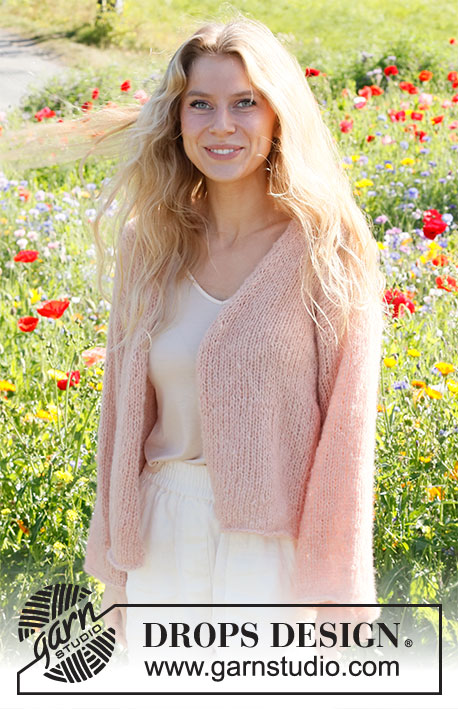 |
Knitted basic jacket in 2 strands DROPS Brushed Alpaca Silk. Piece is knitted bottom up in stocking stitch. Size XS – XXL.
DROPS 231-6 |
|
|
---------------------------------------------------------- EXPLANATION FOR THE PATTERN: ---------------------------------------------------------- YARN TIP: As the piece is knitted with 2 strands you can use the strand from both inside and outside of 1 ball. STOCKING STITCH: Knit 1 row from right side. Purl 1 row from wrong side. Repeat these 2 rows. ---------------------------------------------------------- START THE PIECE HERE: ---------------------------------------------------------- JACKET - SHORT OVERVIEW OF THE PIECE: Worked back and forth, bottom up and sewn together when finished. Work entire jacket in 2 strands. BACK PIECE: Cast on 52-56-60-66-70-78 stitches on circular needle size 8 mm with 2 strands DROPS Brushed Alpaca Silk - read YARN TIP. Purl 1 row from wrong side. Then work in STOCKING STITCH - read explanation above. Continue like this. REMEMBER THE KNITTING TENSION! When piece measures 50-52-54-56-58-60 cm, cast off all stitches by knitting from right side. LEFT FRONT PIECE: Cast on 31-33-35-38-40-44 stitches on circular needle size 8 mm with 2 strands DROPS Brushed Alpaca Silk. Purl 1 row from wrong side. Continue in stocking stitch. When piece measures 28-28-28-29-30-31 cm, decrease for V- neck on next row from right side as follows: Knit until 7 stitches remain, knit 2 together (1 stitch decreased), work the last 5 stitches. Decrease like this every 6th row 2-2-3-3-3-3 times in total, then every 4th row 6-6-5-6-6-6 times in total = 23-25-27-29-31-35 stitches. When piece measures approx. 49-51-53-55-57-59 cm, work next row from right side as follows: Knit 4-5-5-6-6-7, * knit 2 together, knit 4-4-5-5-6-7 *, work from *-* 3 times in total and knit 1-2-1-2-1-1 = 20-22-24-26-28-32 stitches. Purl 1 row from wrong side. Cast off knitting from right side. RIGHT FRONT PIECE: Cast on 31-33-35-38-40-44 stitches on circular needle size 8 mm with 2 strands DROPS Brushed Alpaca Silk. Purl 1 row from wrong side. Continue in stocking stitch. When piece measures 28-28-28-29-30-31 cm, decrease for V-neck on next row from right side as follows: Knit 5, slip 1 stitch on to right needle knitwise, knit 1 and pass slipped stitch on right needle over stitch worked (1 stitch decreased), knit the remaining stitches. Decrease like this every 6th row 2-2-3-3-3-3 times in total, then every 4th row 6-6-5-6-6-6 times in total = 23-25-27-29-31-35 stitches. When piece measures approx. 49-51-53-55-57-59 cm, work next row from right side as follows: Knit 4-5-5-6-6-7, * knit 2 together, knit 4-4-5-5-6-7 *, work from *-* 3 times in total and knit 1-2-1-2-1-1 = 20-22-24-26-28-32 stitches. Purl 1 row from wrong side. Cast off knitting from right side. SLEEVES: Cast on 46-48-50-54-56-58 stitches on circular needle size 8 mm with 2 strands DROPS Brushed Alpaca Silk. Purl 1 row from wrong side. Continue in stocking stitch. When piece measures 46-45-44-42-41-39 cm, cast off all stitches by knitting from right side. Knit another sleeve the same way. ASSEMBLY: Sew shoulder seams from edge of shoulder and in towards the middle, sew with 1 strand (the middle 11-11-11-13-13-13 cm on back piece is the neck). Insert 1 marker on front pieces and back piece 19-20-21-22-23-24 cm from shoulder seam and down. Sew in sleeves between marker on front piece and back piece - the middle of sleeve should with the shoulder seam - sew with 1 strand. Sew underarm seams and side seams in one, sew with 1 strand in outer loops of edge stitch. |
|
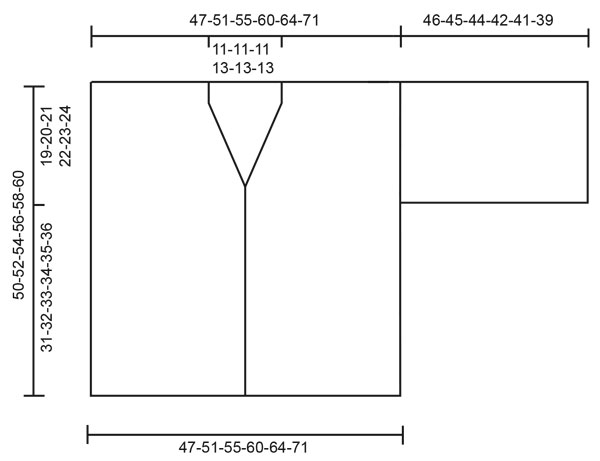 |
|
Have you finished this pattern?Tag your pictures with #dropspattern #cherishedmomentscardigan or submit them to the #dropsfan gallery. Do you need help with this pattern?You'll find 18 tutorial videos, a Comments/Questions area and more by visiting the pattern on garnstudio.com. © 1982-2025 DROPS Design A/S. We reserve all rights. This document, including all its sub-sections, has copyrights. Read more about what you can do with our patterns at the bottom of each pattern on our site. |
|







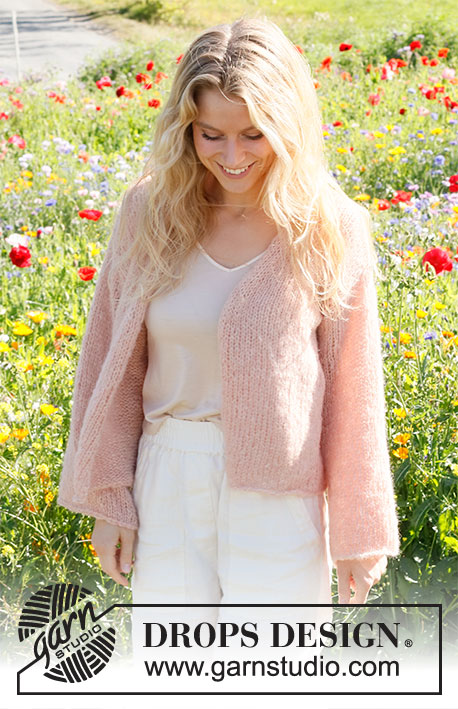
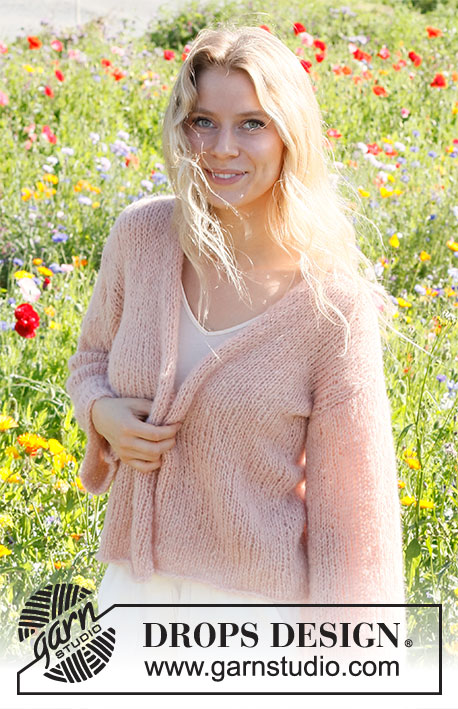

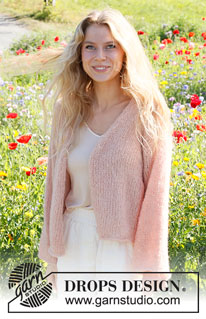

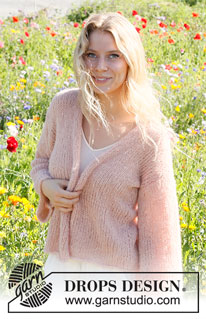


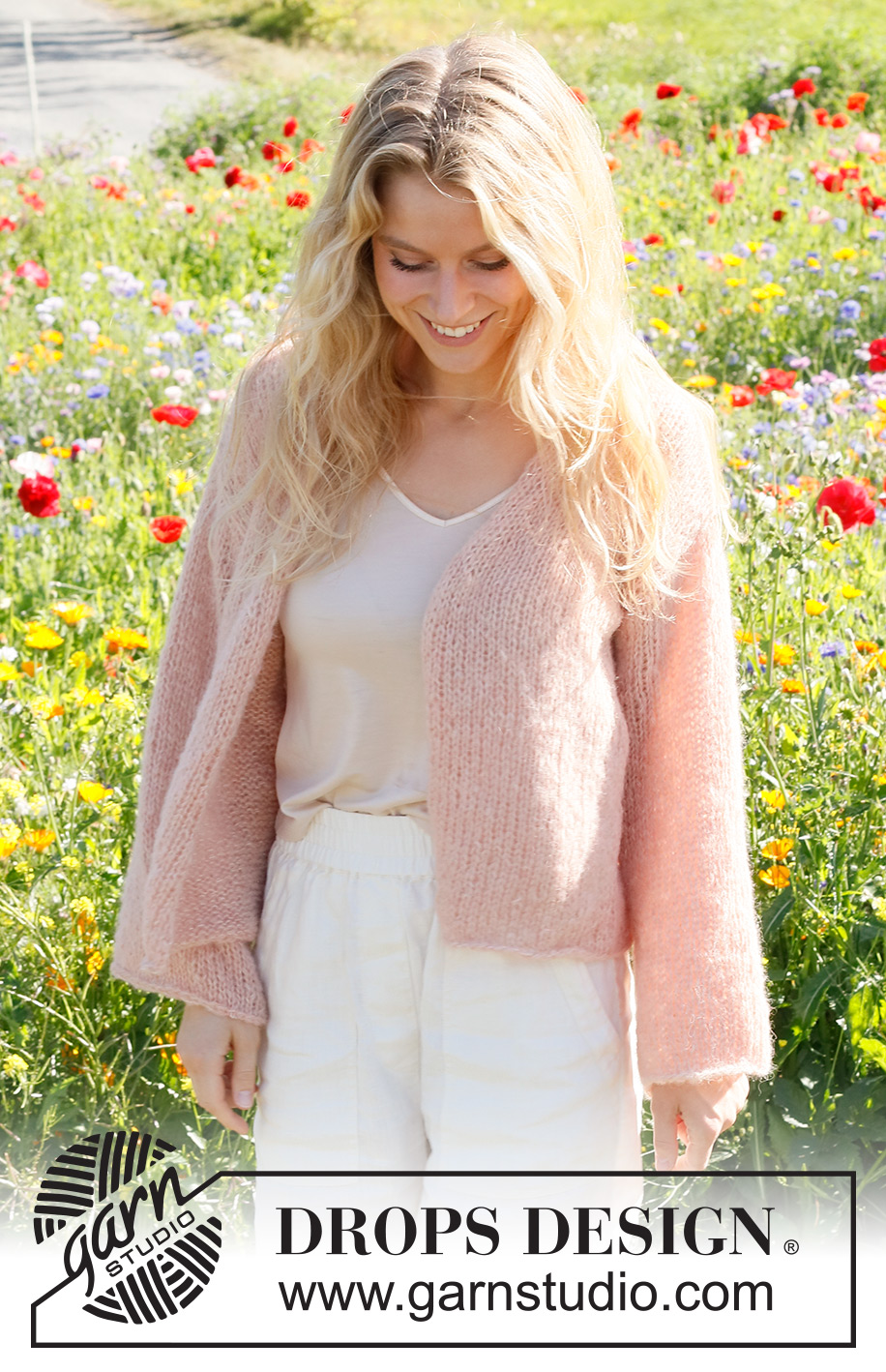
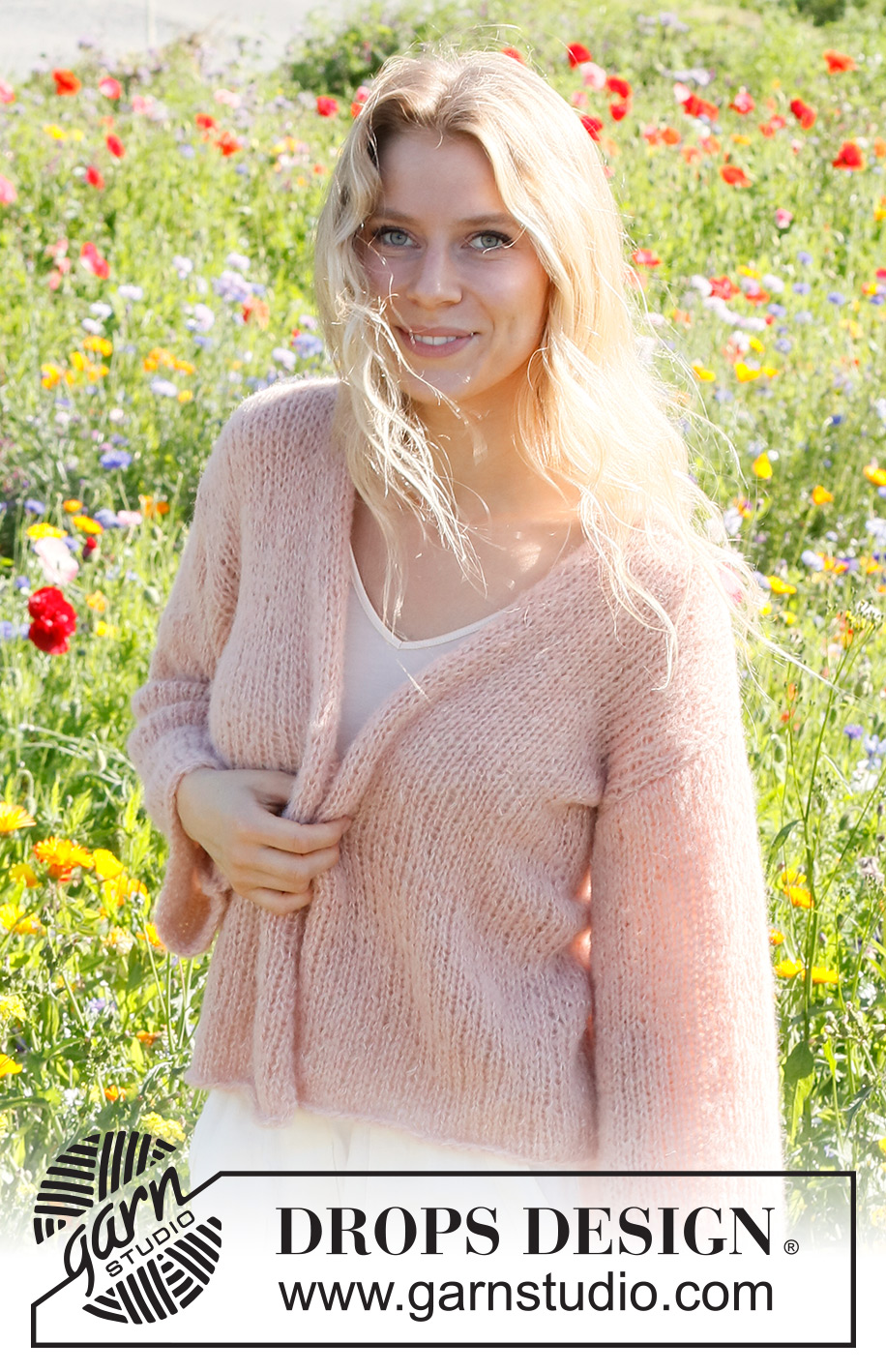


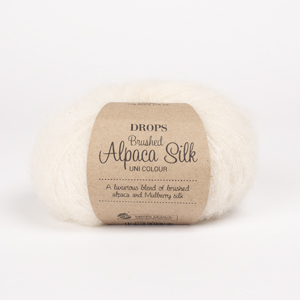
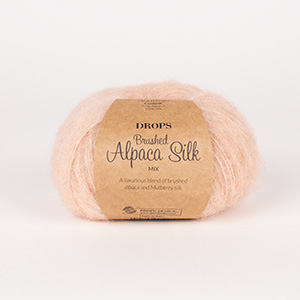




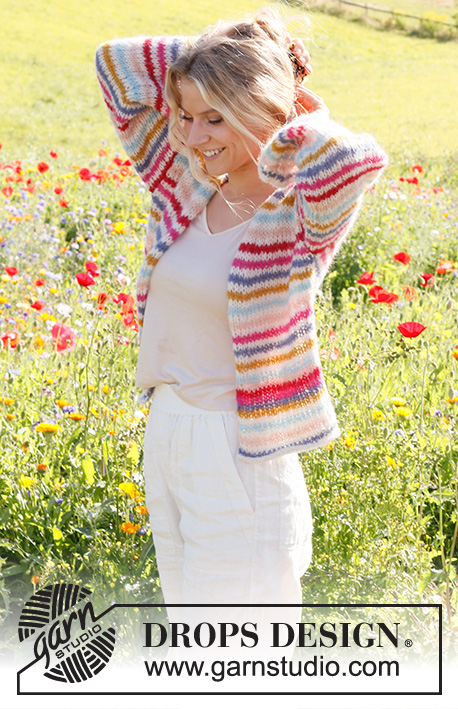






























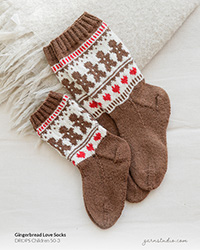
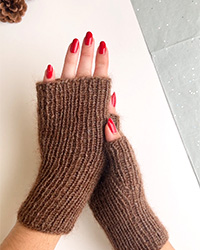

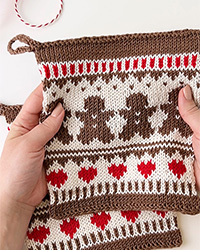
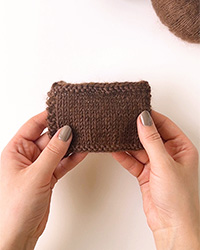

Post a comment to pattern DROPS 231-6
We would love to hear what you have to say about this pattern!
If you want to leave a question, please make sure you select the correct category in the form below, to speed up the answering process. Required fields are marked *.